13 Jan 2021
Nanomaterials: is your product labelling in compliance with European regulations?

They can be used to improve taste characteristics, to optimise manufacturing processes, or in smart packaging… Nanomaterials and additives containing nanoparticles are appearing frequently on the ingredient lists of food products.
Faced with underlying consumer fears regarding the potential health risks posed by nanomaterials, regulations have been evolving: since December 2014, it has become compulsory to indicate manufactured nanomaterials in your ingredients (known as the FIC regulation – Food Information to Consumers) – the full text here ). And to make their food labelling compliant, food manufacturers often rely on the characterisation data provided by their ingredient suppliers.
How can you be sure that the ingredient testing is appropriate for your products, and thus ensure that your labelling is compliant with European regulations? What are the best techniques for characterising nanomaterials? Georges Favre, Director of the LNE Nanotech institute, sheds some light on this topic.
What is a nanomaterial?
Let’s jump into the complex question of what nanomaterials are, as “several definitions co-exist in France and Europe – with varying criteria”, indicates Georges Favre.
However, the primary definition for the food industry is that of the regulation N°2283/2015 (also known as the “Novel Food” regulation): “any intentionally produced material that has one or more dimensions of the order of 100 nm or less or that is composed of discrete functional parts, either internally or at the surface, many of which have one or more dimensions of the order of 100 nm or less, including structures, agglomerates or aggregates, which may have a size above the order of 100 nm but retain properties that are characteristic of the nanoscale.”
To compare that definition with others, in particular the recommended definition of the European Commission (2011/696/EU), read the article here in our Resource Centre (reserved for Vitagora members).
Running the risk of non-compliant labelling
“Many manufacturers have consulted us, worried that their products could contain ingredients that could be considered nanomaterials,” explains Georges Favre, “And very often, the techniques used are in fact not appropriate for the substances tested!”.
Consequently, the resulting labelling, even if made in good faith, could be erroneous – as is the information provided to consumers.
Georges Favre presents a recent case: “We looked at a case concerning titanium dioxide (E171). The manufacturer, in good faith, thought that the additive he used in his product did not contain any nanoparticles. They based this opinion on analytical data provided by his supplier. In fact, it turned out that the scanning electron microscope (SEM) analysis that we carried out at the LNE showed that nearly 50% of the particles of titanium dioxide were nanoparticles (under 100 nm)! The reason for this was simply that the technique used by the laboratory that carried out the analysis for the supplier was not able to identify the nanoparticles present.”
What type of testing is the most reliable?
For Georges Favre “the choice of technique depends directly on the physicochemical characteristics of the substance to be analysed”, in particular the following criteria:
- The characteristics of the distribution of sizes in terms of the number of constitutive particles present, whether these are isolated or grouped in agglomerates/aggregates.
- The shape of the particles: “this is very important and should be identified before any analysis is carried out.”
So, there is no “one size fits all” test… And the current techniques present a number of limits, even if electron microscopes are often the most appropriate (read our overview of current analytical techniques here – reserved for Vitagora members).
However, there are a number of tools that can help you identify the best tests (and those to avoid) according to the type of substance to be tested: for example the free online NanoDefiner e-tool.
According to Georges Favre, another essential point for obtaining reliable results for your products consists of implementing validated and harmonised protocols, in particular regarding the preparation of samples and the processing of data. This is a necessary step for obtaining comparable results, and an initiative will soon be launched on this subject regarding Europeans standards (CEN/TC 352). “Various other initiatives have also been carried out in France (the NANOMET project) and in Europe (nPSize) to better address these questions and to disseminate best practices.”
The characterisation and the size distribution of (nano)particles is indeed a complex science. Goerges Favre invites manufacturers to call on expert laboratories “who are the best guarantee of quality data”. He adds, “the initiative of the NanoFabNet hub (International Hub for Sustainable Industrial-Scale Nano Fabrication), in which LNE is leading discussions on questions of validation, harmonisation and standardisation, also aims to map and evaluate the available expertise in Europe to help manufacturers find the best support.”
Go further
To find out more about the characterisation of nanomaterials, their properties and the associated risks, or to connect with LNE, contact me, Elodie Da Silva, Vitagora’s innovation team leader: elodie.dasilva@vitagora.com.
You can also sign up to our blog to get email alerts for our food innovation blog articles – we publish 2 to 3 new articles each month.




 Home
Home

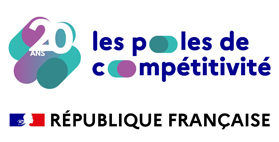

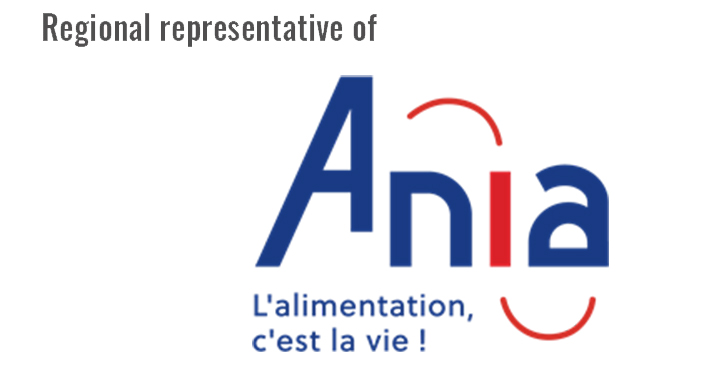
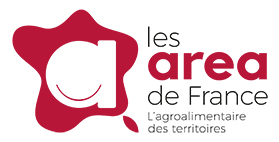

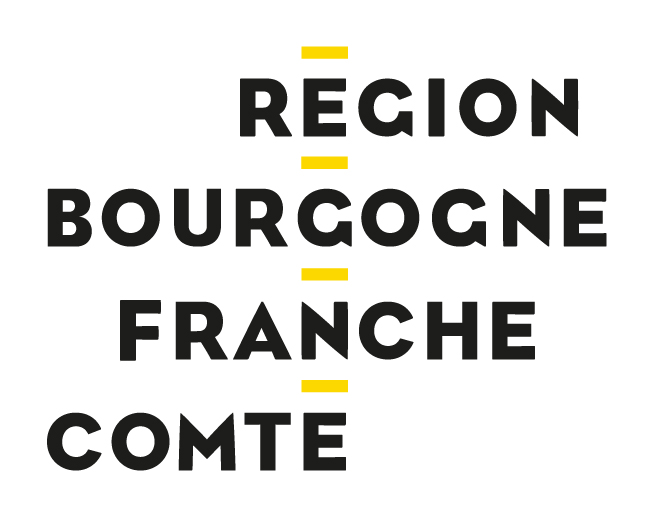
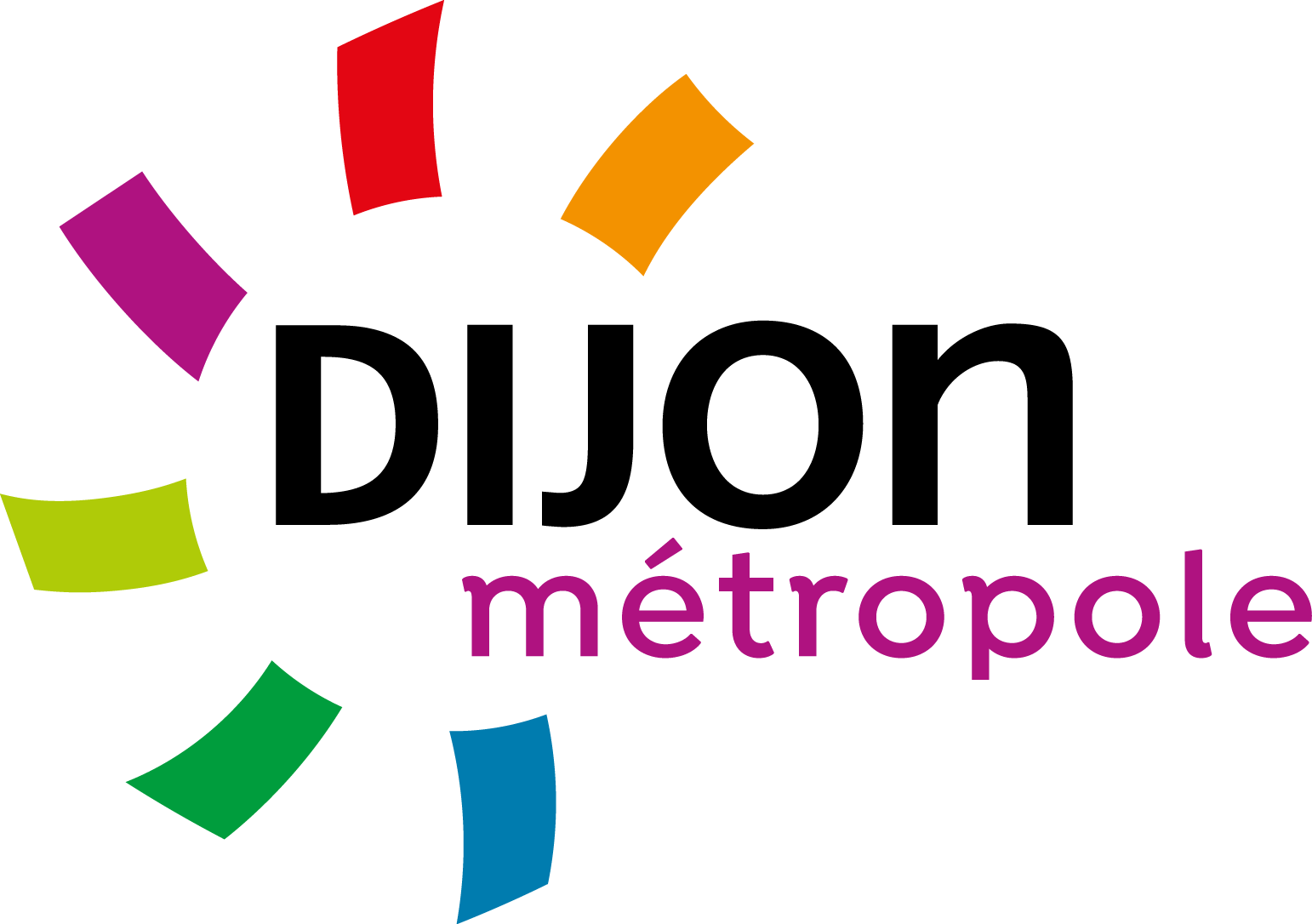









Share your opinion